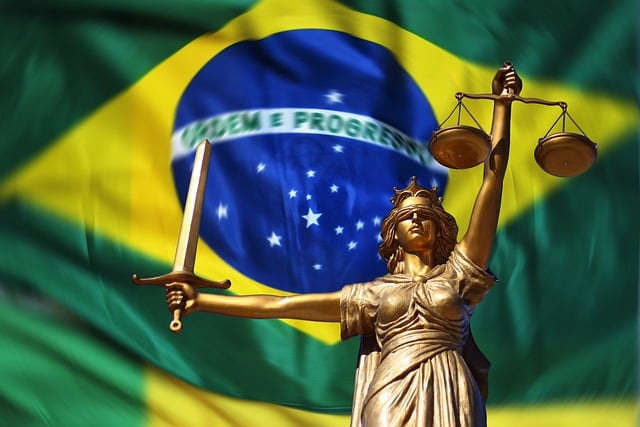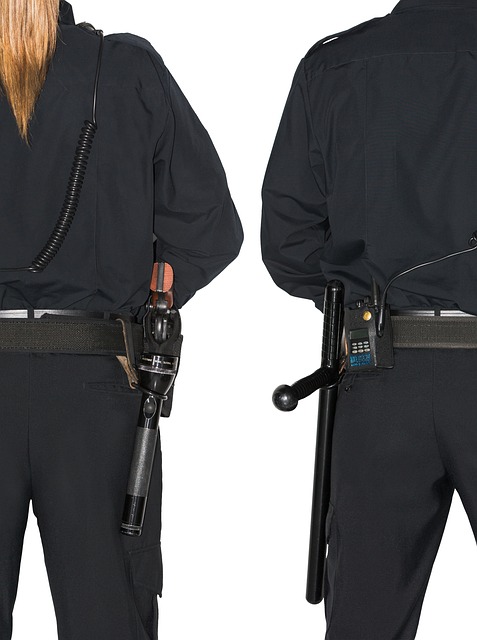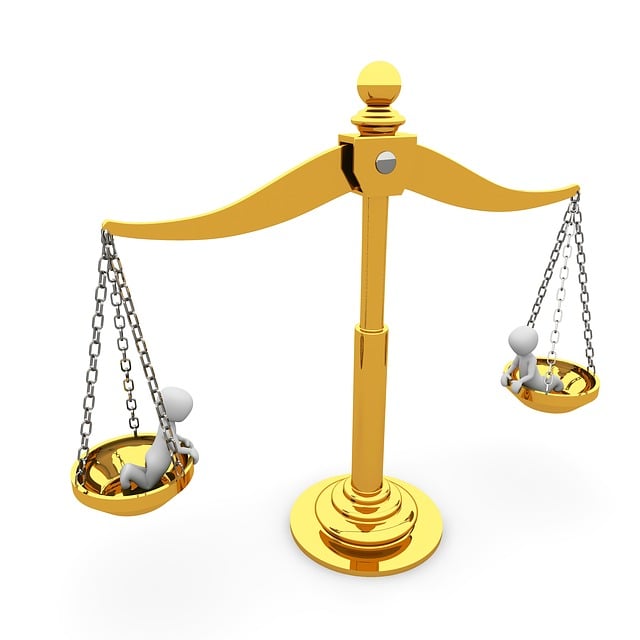The Case Studies in Securities Exchange Regulation (SER) delve into the intricate process of C-level investigations, crucial for upholding corporate governance. SER, as a guardian of financial markets, employs rigorous oversight to monitor C-level executives, ensuring transparency and accountability. Through forensic audits, document reviews, and witness interviews, regulators expose white-collar crimes like financial misreporting, as seen in a tech giant's case. Complex insider trading investigations within pharmaceutical companies highlight the challenges of detecting subtle, sophisticated strategies. Effective defense strategies emphasize robust internal controls, risk management, and corporate governance, while meticulous documentation and legal counsel are key to navigating regulatory scrutiny and protecting executive interests.
In the dynamic landscape of corporate governance, C-level investigations play a pivotal role in maintaining integrity. This article explores the intricate process of high-level inquiries through a series of insightful case studies focusing on securities exchange regulation. Delve into real-world scenarios revealing how regulators and investigators uncover financial misreporting at tech giants and unravel insider trading in pharmaceutical companies. By analyzing these case studies in securities exchange regulation, we gain valuable insights into best practices for effective C-level investigations, crucial for upholding ethical standards.
- Understanding the C-Level Investigation Process: A Deep Dive
- The Role of Securities Exchange Regulation in Corporate Governance
- Case Study 1: Uncovering Financial Misreporting at a Tech Giant
- Case Study 2: Investigating Insider Trading in a Pharmaceutical Company
- Lessons Learned and Best Practices for Effective C-Level Investigations
Understanding the C-Level Investigation Process: A Deep Dive

Understanding the C-Level Investigation Process involves a meticulous and strategic approach, especially when delving into case studies in securities exchange regulation. These high-stakes cases often revolve around white-collar crimes, where corporate leaders face complex legal challenges. The process begins with thorough fact-finding, including document reviews and witness interviews, to uncover potential violations. This initial phase is crucial for building a solid defense strategy.
As the investigation progresses, legal teams must navigate intricate regulatory landscapes, ensuring that every step aligns with legal protocols. A winning challenging defense verdict in such cases requires not just legal acumen but also a deep understanding of business practices and industry standards. The goal is to protect executive interests while upholding justice, making it a delicate balance that demands expertise and strategic thinking.
The Role of Securities Exchange Regulation in Corporate Governance
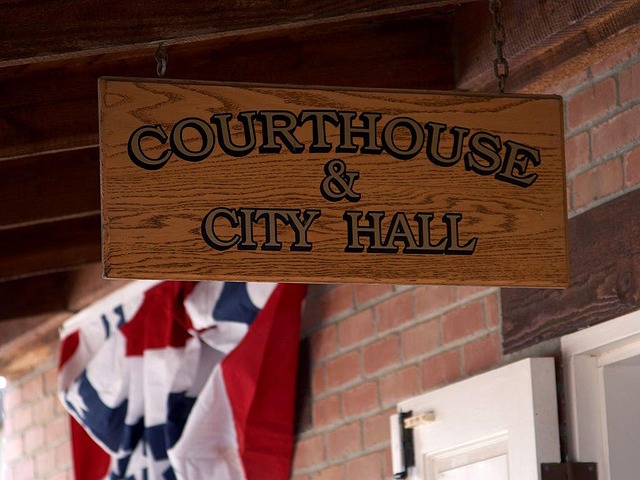
The Securities Exchange Regulation (SER) plays a pivotal role in upholding corporate governance standards, acting as a crucial safeguard for investors across the country. Its primary objective is to ensure transparency, fairness, and integrity in public companies’ financial disclosures, thereby fostering trust in capital markets. Through rigorous oversight, SER monitors the activities of C-level executives, implementing stringent regulations that mandate accurate and timely reporting. This regulatory framework is instrumental in preventing fraudulent practices, promoting ethical business conduct, and protecting both corporate and individual clients from potential risks.
Case studies in securities exchange regulation have demonstrated its effectiveness in holding accountable those who breach these guidelines. SER’s powers extend to investigating suspected misconduct, imposing penalties, and issuing guidelines that guide corporations’ ethical decision-making processes. For his clients, this regulatory body serves as a beacon of fairness, ensuring that companies adhere to the highest standards, ultimately enhancing the overall health and stability of the financial landscape.
Case Study 1: Uncovering Financial Misreporting at a Tech Giant

In a significant development, C-level investigations have brought to light critical issues within prominent corporations, setting a precedent for transparency and accountability. One notable case involves a tech giant accused of financial misreporting. Through meticulous forensic audits and interviews with key personnel, investigators uncovered a complex web of fraudulent transactions designed to inflate revenue figures. This Case Study in Securities Exchange Regulation (SER) highlights the power of rigorous inquiry in holding executives responsible for their actions.
The investigation not only revealed accounting irregularities but also underscored the importance of robust internal controls and corporate governance practices. By exposing these misconducts, authorities aimed to deter similar acts across the country and ensure that companies operate with integrity. Through their efforts, the respective business faced severe consequences, including substantial fines and potential avoiding indictment, thereby setting a strong message for other organizations to uphold ethical standards in financial reporting.
Case Study 2: Investigating Insider Trading in a Pharmaceutical Company

In a recent Case Study, investigators delved into an instance of suspected insider trading within a prominent pharmaceutical company. The scenario underscored the intricate nature of Case Studies in Securities Exchange Regulation, as they navigate complex financial networks to uncover misconduct. With evidence suggesting insider knowledge and subsequent profit-making, the investigation team had to wade through a labyrinthine web of financial transactions. This case exemplifies the challenges faced by regulators when tackling white collar and economic crimes, often characterized by subtle nuances and sophisticated strategies employed by perpetrators.
The study revealed a pattern of suspicious activities, including unusual stock sales and non-public information dissemination. As the probe progressed, it became evident that a high-ranking executive had allegedly exploited their position for personal gain. This situation not only highlights the importance of robust internal controls but also serves as a cautionary tale for companies to fortify their defenses against white collar defense strategies employed by those seeking to exploit market inefficiencies. The outcome, ultimately, was a series of jury trials, where the evidence presented played a pivotal role in holding individuals accountable for their actions.
Lessons Learned and Best Practices for Effective C-Level Investigations
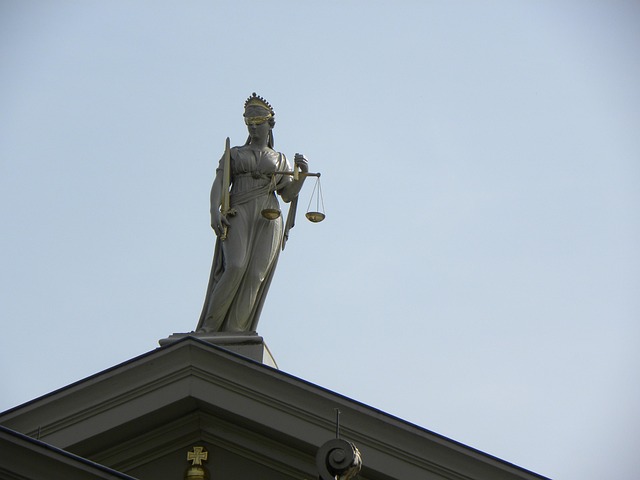
Effective C-level investigations require a strategic approach, drawing on lessons learned from past case studies in securities exchange regulation. Companies should establish robust internal controls and risk management practices to mitigate potential issues. By implementing strong corporate governance structures and promoting ethical business conduct, organizations can reduce the likelihood of regulatory scrutiny and associated reputational damage. Regular reviews and updates of these measures are crucial, as financial markets evolve and new regulations emerge.
Case studies in securities exchange regulation highlight the importance of thorough documentation, preserving digital evidence, and maintaining comprehensive records throughout an investigation. These practices enable a more efficient and effective process, facilitating potential settlements or jury trials involving white-collar and economic crimes. Engaging experienced legal counsel specializing in general criminal defense can significantly enhance a company’s ability to navigate complex investigations, manage legal risks, and ultimately protect its interests.
C-level investigations are crucial components of robust corporate governance, as demonstrated by our exploration of case studies in securities exchange regulation. These in-depth probes, focusing on high-ranking executives, play a pivotal role in upholding fairness and transparency within organizations. Through examining real-world scenarios, from financial misreporting at tech giants to insider trading in pharmaceutical companies, we’ve gleaned valuable insights. Implementing best practices, such as thorough documentation, multidisciplinary teams, and regulatory alignment, is essential for effective C-level investigations. This ensures not only the integrity of corporate governance but also strengthens investor confidence in today’s dynamic business landscape.


